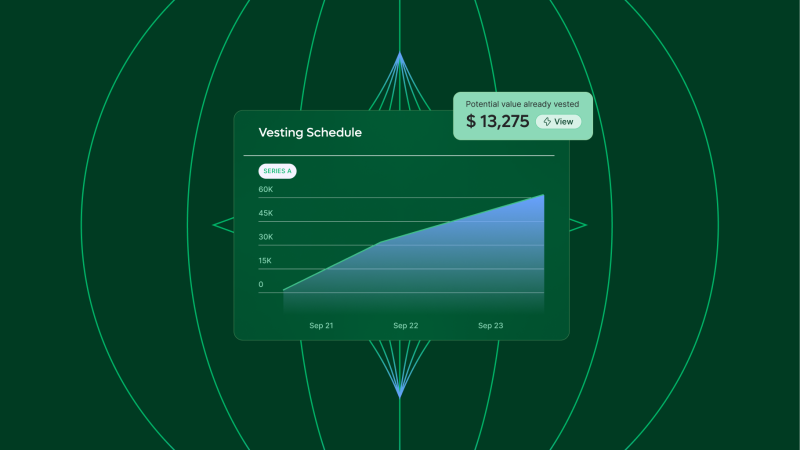Definition
Examples
What are fringe benefits?
The term fringe benefit simply refers to any type of employee benefit or perk. Fringe benefits are a non-monetary form of compensation that an employer provides to an employee as part of their overall remuneration package. The term encompasses things like paid time off, parental leave, healthcare, wellness programs, childcare, transport subsidies, and flexible work arrangements.
Certain core fringe benefits are mandatory depending on the employment law of the country in which a business operates. Whether or not a benefit is subject to taxation also depends on the type of benefit and the local laws in that country.
Offering robust benefit packages adapted to worldwide employees can be a great way for employers to . Benefits can hugely enhance employees’ professional experience and job satisfaction. While there is a large variety of possible fringe benefits, a company’s size and industry may impact the scope of benefits they can offer.
Examples of fringe benefits
Fringe benefits can come in many forms.
Healthcare benefits
Helping employees cover medical expenses for themselves and their families is often considered one of the most valued fringe benefits in an employee compensation package. This is especially true in countries that don’t provide free healthcare through the state.
Common healthcare benefits include health insurance, dental insurance, and optical care. Additional benefits can include access to therapy, fitness and wellness memberships, prescription medication coverage, and virtual health services.
Providing access to quality healthcare is not only a valuable tool for employers to increase worker well-being and employee retention, but it is also an important element of social responsibility for many employers.
Retirement plans
A retirement plan is a crucial fringe benefit that helps solidify an individual’s long-term financial security. While some nations offer state pension plans, this is not the case across every country or industry.
There are multiple types of pension plans that a company can offer, such as the 401(k) in the US. These types of plans allow employees to contribute part of their salary each month and typically give employers the option to match contributions.
Family leave and medical leave
In the event of illness or certain family situations, the family and medical leave fringe benefit comes into play. Local law in many countries requires a minimum number of paid sick days per year, as well as leave to care for sick family members.
Injury or illness benefit
If workers suffer an injury or illness in the workplace, employers should typically provide insurance coverage and benefits. Benefits can include coverage for medical expenses and remuneration for lost wages.
Paid vacation
Offering paid vacation days is another key fringe benefit that impacts employee well-being and work-life balance. Depending on the country and state, employers must comply with laws to provide minimum numbers of paid holidays. However, offering additional paid vacation can be especially attractive to employees. Employers may also offer schemes where employees can buy additional days off or apply for periods of unpaid leave after a specific period of service.
Flexible working
One increasingly popular fringe benefit is a flexible work arrangement, including a work-from-home or hybrid working option. Flexible work benefits can also include flexible hours, which can help people work around family life and commitments. Flexible working can attract talent as it improves work-life balance, saves workers time and costs, and can boost autonomy and productivity.
Travel subsidies
Employers may offer subsidies for commuting costs, such as public transportation, parking fees, or mileage reimbursement for employees who use their personal vehicles for work-related travel. Some companies may also offer subsidies to cover expenses incurred during work-related travel, including flight costs, accommodation, meals, etc.
Food and snacks
A non-essential but attractive fringe benefit provides meals and snacks to employees. Ways to incorporate this into a benefits package include offering:
Free or subsidized meals
Free snacks in the office
Meal vouchers or stipends
Free coffee and beverages
Office meals for special occasions
Bereavement leave
Bereavement leave, or compassionate leave, provides some days of paid or unpaid leave following the death of a loved one. The leave offered and its duration vary widely depending on local legislation, employer policy, and the employee’s relationship to the deceased.
When offering fringe benefits, consider the following:
Ensure you comply with labor laws and regulations to avoid legal issues and maintain fairness among your employees.
Align your fringe benefits with your overall business goals and employee needs, considering the specific demographics and preferences of your workforce.
Clearly communicate your fringe benefits to employees, explaining eligibility criteria, enrollment processes, and any changes to existing offerings.
Ensure you understand the tax implications for both you and your employees.
Periodically assess the effectiveness of your fringe benefits program, taking employee feedback and industry trends into account. Make any adjustments as needed to stay competitive and supportive.
Trending terms
WFH stipend
Transform spaces, elevate workplaces
Boomerang Employee
Old legends, new triumphs
Fringe Benefits
Upgrading the daily grind
Absence management
Balancing work and well-being
Disregarded entity
Simplified structure, full control
Inputed income
Quietly counted compensation
Nepotism
Competence, not cousins
Upward mobility
Scaling heights, sans vertigo


